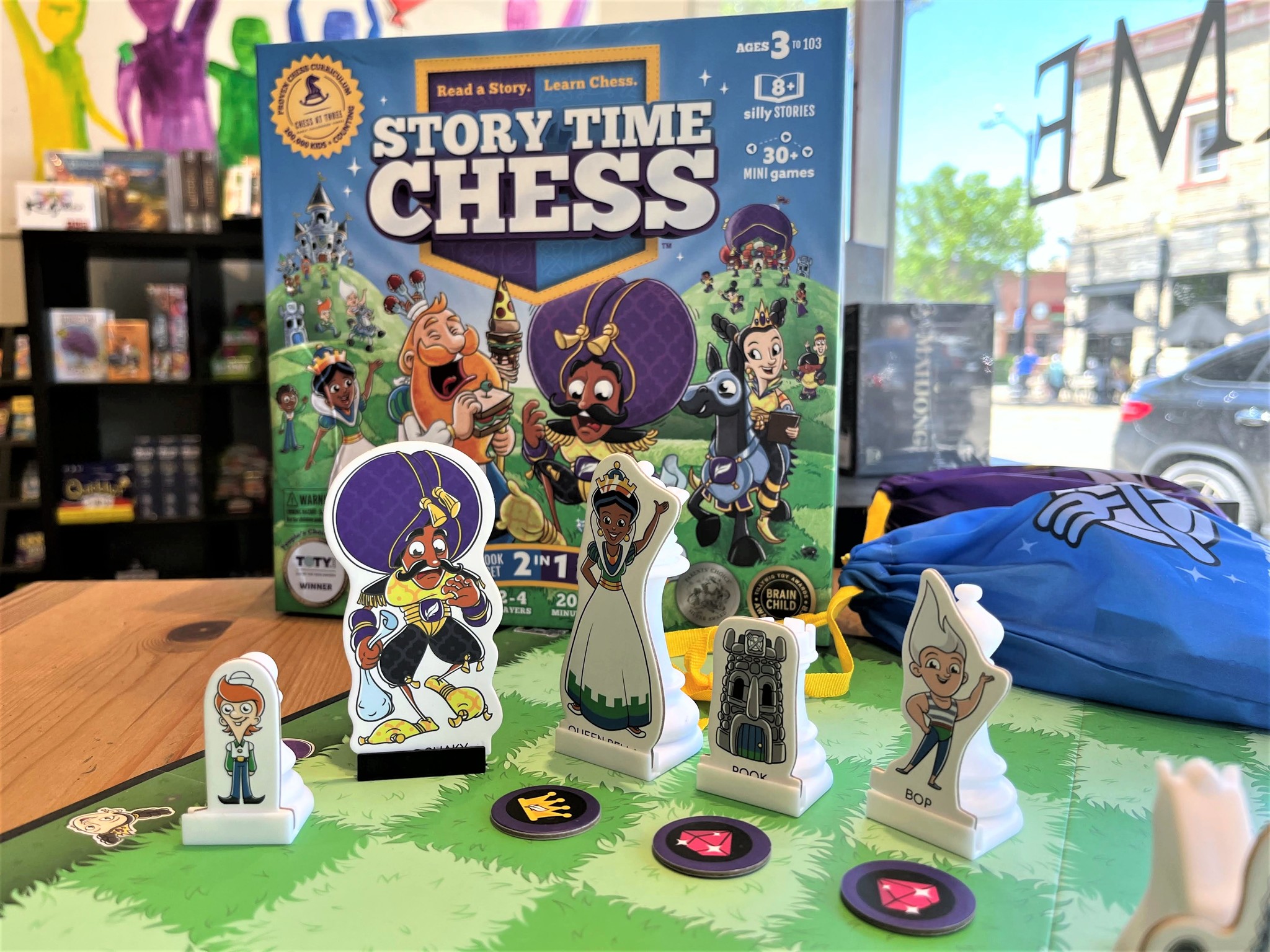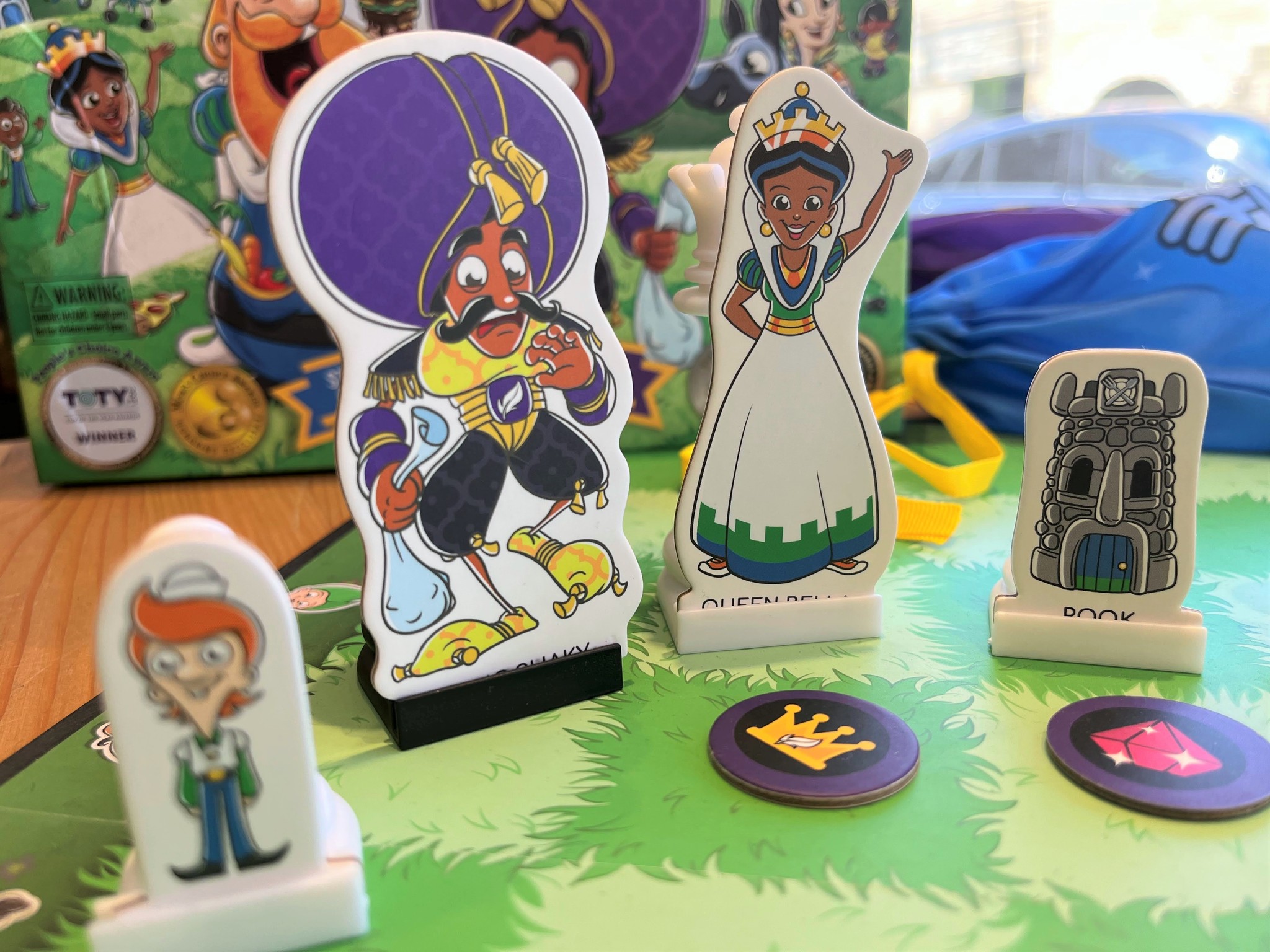The Best Way to Teach Chess to Kids
- Posted on
- By G. Carlson
- 0

There's a great new way to teach children this eternal strategy game.
Chess is one of the oldest games people play, and has some of the most enriching strategy. Calling it a "classic" is an understatement. It is no surprise that, year after year, we see chess clubs form in schools and parents teach their kids how to play.
While Chess isn't a complicated game per se, I think many of us remember feeling confused about how the knights move in n "L"-shape, how pawns take other pieces by moving a different way, or how the bishops must stay on the same color spaces. There are a handful of specificities in chess that can make learning how to play hard.
Of course, the game isn't about how the pieces move - the game of chess is about pressuring your opponent and making the most of their mistakes. And you cannot get to that level of strategy if you are still confusing which pieces do what.
That is why we could not be more excited about Story Time Chess, an incredible new game that uses fictional stories told alongside brightly-colored illustrations to capture the hearts and minds of would-be chess masters.
The strongest parts of Story Time Chess are the stories themselves. They are descriptive and animated, full of life and a fair bit of goofyness. Each story focuses on one of the chess pieces and characterizes it. We learn all about their desires and motivations, their fears and wants. In doing so, the reader is given a "why": Why does the piece move the way they do?
For example, in the story about the Bishops, there are two siblings who are performing acrobats. They put on a performance to show off their best trick: The Great Diagonal. They fly through the air at an angle, but never collide with each other. Similarly, Bishops move diagonally but never touch because one Bishop stays on the black squares and the other stays on the white.

The stories act as the perfect mneumonic device for kids to latch onto. Each piece comes with a cardboard standee with the art of the corresponding character from the storybook on it. Whenever the child sees the illustration on the piece, they are reminded of the story they read before and instantly associate that story (and the all-important "why") with that piece.
As we all know, kids learn by doing, and so the Story Time Chess storybook also includes exercises to practice how the pieces move. These exercises come right after finishing the story, but are not a part of a complete game of chess. So kids have a chance to move the rooks in straight, orthogonal lines without also having to figure out how to best use that piece in the context of a game. Breaking things down like this is a huge help to young players.
As a cherry on top, storytimechess.com has even more stories to enjoy that focus on general strategies, opening moves, and more. The depth of material here is an incredible resource to parents who want to make Story Time Chess a regular in their household. There's lots to do here, and having Story Time Chess on hand as a great after dinner or pre-bedtime activity is genuinely awesome.

We have been very impressed by Story Time Chess overall. We see it as a great recurring activity that should be a staple in any household with younger children. It is ideal for lower-elementary ages, and they tout the stories as being appropriate for kids as young as 3 years old! So, the next time you're looking for a gift for a young kiddo, or if you want something to do with your daughter/nephew/grandchild, look no further than Story Time Chess.

Comments
Be the first to comment...